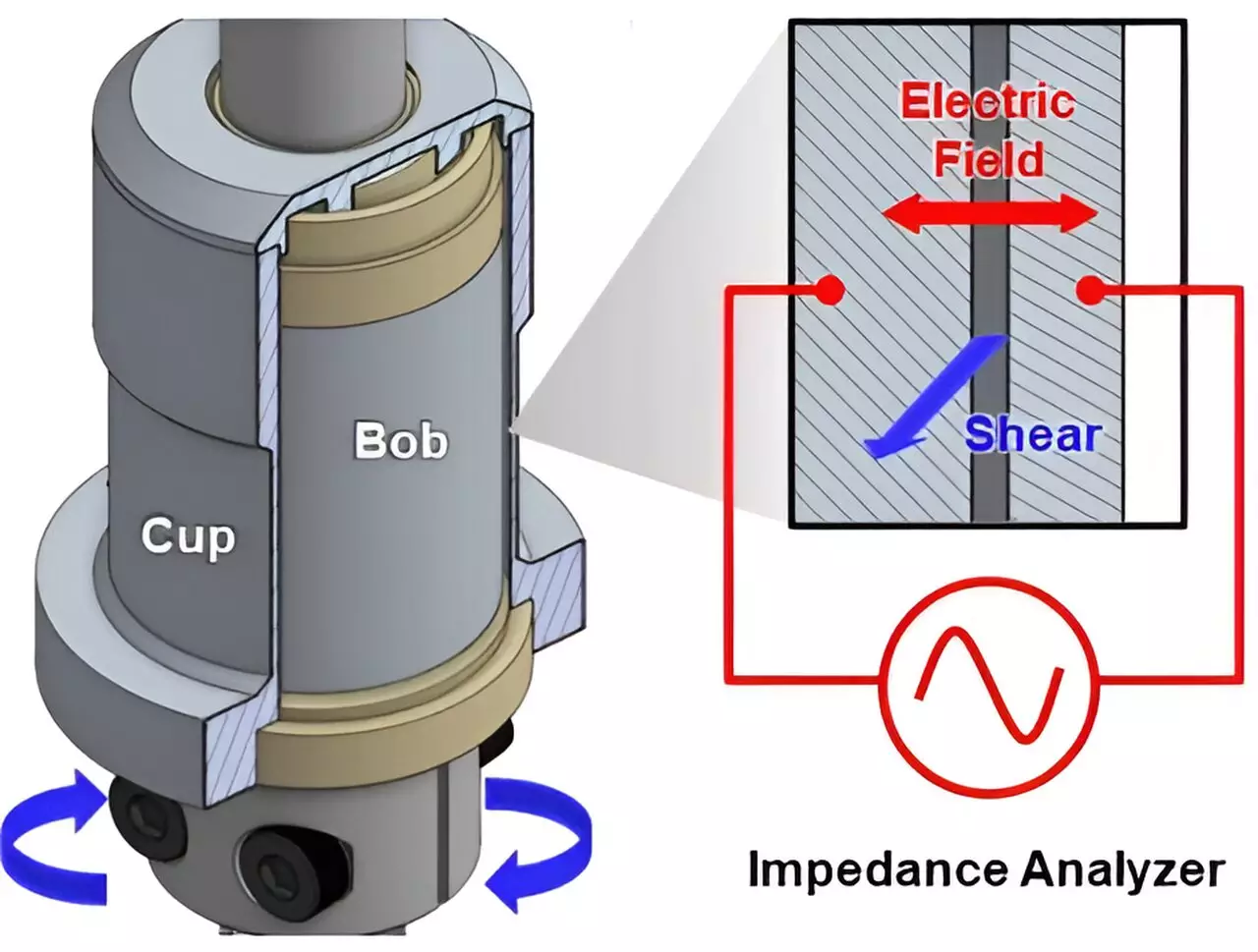The quest for innovation often mirrors a long and arduous journey, drawing parallels with Thomas Edison’s relentless pursuit to find the right tungsten filament for the lightbulb. Edison’s iterative process underscores a truth that remains ever relevant in today’s fast-evolving technological landscape: trial and error is an inherent part of research and development. As we face increasingly complex challenges in energy storage and other fields, the significance of meticulous experimentation combined with theoretical insights is more critical than ever. Recent collaborative research has illuminated the mechanics of electron movement in crucial materials, paving the way for advancements in battery technology and beyond.
The process of innovating new energy storage solutions involves far more than merely testing various materials. It necessitates a thorough understanding of fundamental principles that dictate how these materials behave under different conditions. A recent study published in the *Proceedings of the National Academy of Sciences* highlights the commitment of researchers from the University of Delaware (UD) and Northwestern University, who have delved deep into electron dynamics within complex fluidic slurries utilized in devices like batteries. The interplay of chemistry and manufacturing techniques is pivotal; engineers must grasp how the microstructure of these materials affects their performance, particularly regarding electrical conductivity.
The collaborative work spearheaded by Norman Wagner of UD and his Northwestern counterparts signifies a leap forward in understanding how conductive particles function within slurries. This research is essential for bridging existing gaps in knowledge, particularly concerning how electrons navigate the spaces between conductive particles in various materials, such as those used in modern batteries.
The Role of Microstructure in Device Performance
The findings emphasize the critical role that microstructure plays in the overall efficiency of devices. Wagner’s assertion that managing microstructure is equally as important as controlling the formulation reveals the underlying complexity involved in crafting high-performance electrochemical systems. Just as racecars, despite sharing essential components such as engines and wheels, perform differently based on design and assembly, the efficacy of batteries can hinge upon the exact composition and arrangement of their components.
To depict this concept, consider the common application of carbon black—nano-sized carbon aggregates found in many electrochemical devices. These aggregates, while highly conductive, necessitate electron transitions between them, as they are suspended in a liquid slurry and lack a continuous solid structure. Wagner’s analysis elucidates how the flow properties, or rheology, of these slurries significantly influence electron mobility, thereby affecting energy device performance.
The researchers were not only concerned with documenting findings but also with constructing a practical framework for understanding the behavior of slurries. Their work culminated in establishing a universal roadmap that details how the chemical characteristics and processing methods of materials can be tuned to optimize their conductivity. This blueprint serves as a guide for engineers aiming to innovate in the design and manufacture of energy storage devices.
The implications of this research extend far beyond batteries. For example, electrolysis technologies, which require intricate control of material properties to generate hydrogen from water, stand to benefit significantly from this expansive understanding. As Wagner notes, achieving the right chemical formulation is crucial, yet it must be accompanied by precise processing techniques to ensure optimal device performance.
The collaborative study represents an important step in refining approaches to developing advanced electrochemical systems. By revealing the intricate dance of electrons within conductive slurries and the vital influence of microstructure, researchers are positioning themselves to tackle existing and emerging challenges in the energy landscape. Their work highlights an essential lesson: for true innovation to flourish, a multifaceted understanding of how materials interact and perform is imperative.
Wagner’s concluding thoughts encapsulate the sentiment driving much of contemporary research: while achieving the right chemistry is foundational, the processing steps that follow are just as crucial in realizing desired system performance. As professionals in the field continue to harness these insights, the future holds promising potential for unexpected breakthroughs in energy technologies and beyond, echoing Edison’s legacy of tenacity and ingenuity in the pursuit of solutions that enhance everyday life.


Leave a Reply